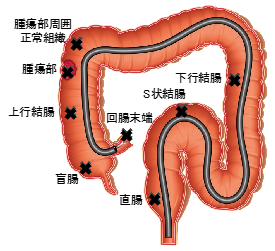2024-11-08 ノースウェスタン大学
<関連情報>
- https://news.northwestern.edu/stories/2024/10/little-studied-rna-might-be-key-to-regulating-genetic-disorders-like-epilepsy-autism/
- https://www.nejm.org/doi/full/10.1056/NEJMoa2400718
神経発達障害はlncRNA遺伝子CHASERRの欠失によって引き起こされる Neurodevelopmental Disorder Caused by Deletion of CHASERR, a lncRNA Gene
Vijay S. Ganesh, M.D., Ph.D., Kevin Riquin, Ph.D., Nicolas Chatron, M.D., Ph.D., Esther Yoon, B.S., Kay-Marie Lamar, Ph.D., Miriam C. Aziz, B.S., Pauline Monin, M.D., +23, and Anne O’Donnell-Luria, M.D., Ph.D.
New England Journal of Medicine Published: October 23, 2024
DOI:10.1056/NEJMoa2400718
Summary
CHASERR encodes a human long noncoding RNA (lncRNA) adjacent to CHD2, a coding gene in which de novo loss-of-function variants cause developmental and epileptic encephalopathy. Here, we report our findings in three unrelated children with a syndromic, early-onset neurodevelopmental disorder, each of whom had a de novo deletion in the CHASERR locus. The children had severe encephalopathy, shared facial dysmorphisms, cortical atrophy, and cerebral hypomyelination — a phenotype that is distinct from the phenotypes of patients with CHD2 haploinsufficiency. We found that the CHASERR deletion results in increased CHD2 protein abundance in patient-derived cell lines and increased expression of the CHD2 transcript in cis. These findings indicate that CHD2 has bidirectional dosage sensitivity in human disease, and we recommend that other lncRNA-encoding genes be evaluated, particularly those upstream of genes associated with mendelian disorders. (Funded by the National Human Genome Research Institute and others.)



